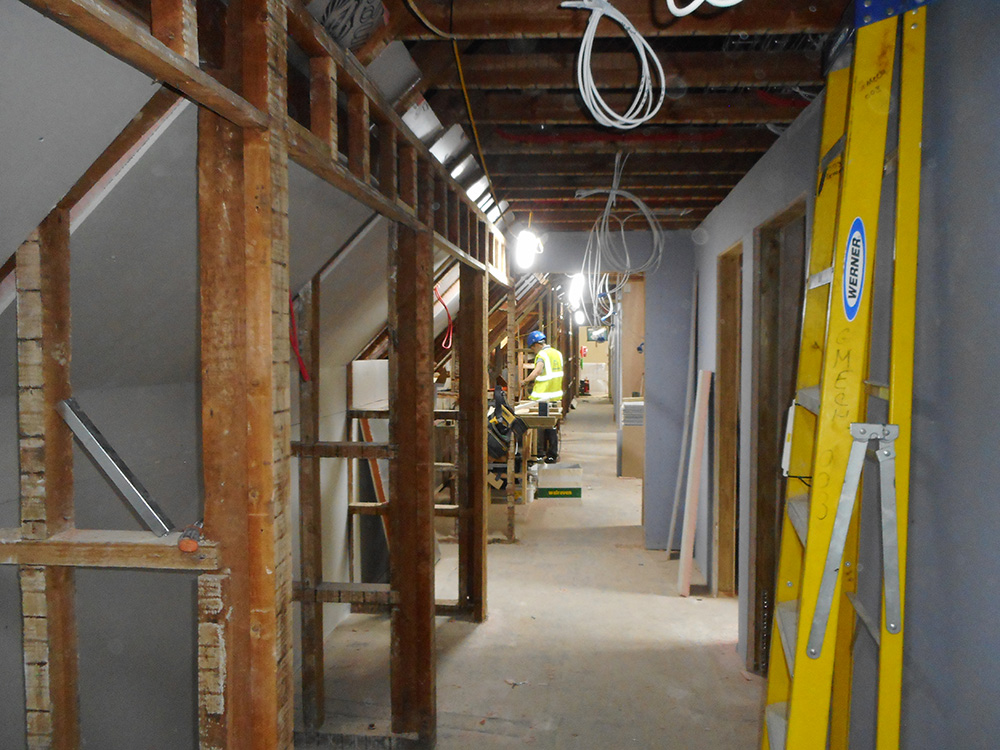
Insulating Existing Buildings – Part 2
In the previous blog, I discussed the issues surrounding the improvement of the country’s stock of buildings by retrofitting insulation and other measures.
We at MEB Design are currently working on a number of projects which involve the comprehensive improvement of large existing buildings. The challenges are numerous.
Firstly, we need to fully understand the nature of the existing building. This will dictate the kind of insulation that can be added, and where it is placed.
Most people reading this will be familiar with the fibreglass wool which is probably installed in the lofts of most houses in Britain. The roof of any building is the place where most heat is lost, and so improving the roof insulation is the first thing which should be carried out. Generally this is a completely straight-forward exercise, though care should be taken to maintain or improve any ventilation within the roof, to prevent condensation from forming.
Likewise, many people will have heard of Cavity Wall Insulation, although they may have also heard that it isn’t necessarily a good thing to install.
It is true that the cavity in a masonry wall is there for a reason, and filling it with insulation can increase the risk of damp, causing problems with the structure and the environment within the building.
The better solution for insulating walls is to apply it to the outside of the wall, but this may not be possible if the appearance of the building is important – for instance if it is in a Conservation Area, or is Listed.
Walls can also be insulated by attaching a layer of insulation to the inside of the building. This is a benefit because it doesn’t affect the appearance of the structure. However, it has the disadvantage that you will lose up to 100mm from any rooms within the building, and there is compromised performance from cold bridging to the outside. There are also risks of condensation forming within the outer parts of solid walls.

Milleret House Refurbishment – MEB Design
This approach requires careful analysis of the application. The best approach is to maintain breathability, which helps eliminate the possibility of condensation which, as mentioned previously, causes damage both to the building fabric and to the environment within the space.
Improving the performance of windows is another quite straightforward thing to carry out, especially as windows may well need replacing as a matter of general maintenance. However, because windows constitute a relatively small fraction of the building envelope, and the very best windows are only slightly better performing than the average windows, you will only achieve significant benefits if the windows you are replacing are very poor.
However, by improving the fabric of your existing building, you will not only reduce the cost of running your building, and reduce the Operational Carbon, by retaining the existing structure, you will prevent the waste involved in producing new materials, and hence the Embodied Carbon in your building.
MEB Design are currently working on a number of projects which involve the comprehensive improvement of large existing buildings. We are doing so by listening to our clients, and using our expertise in building design and technology.
